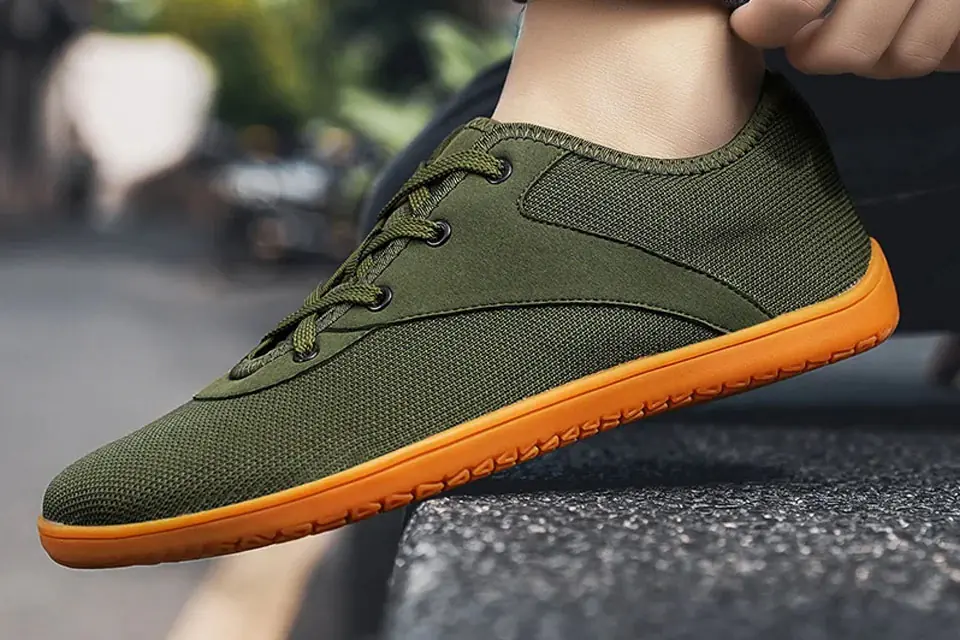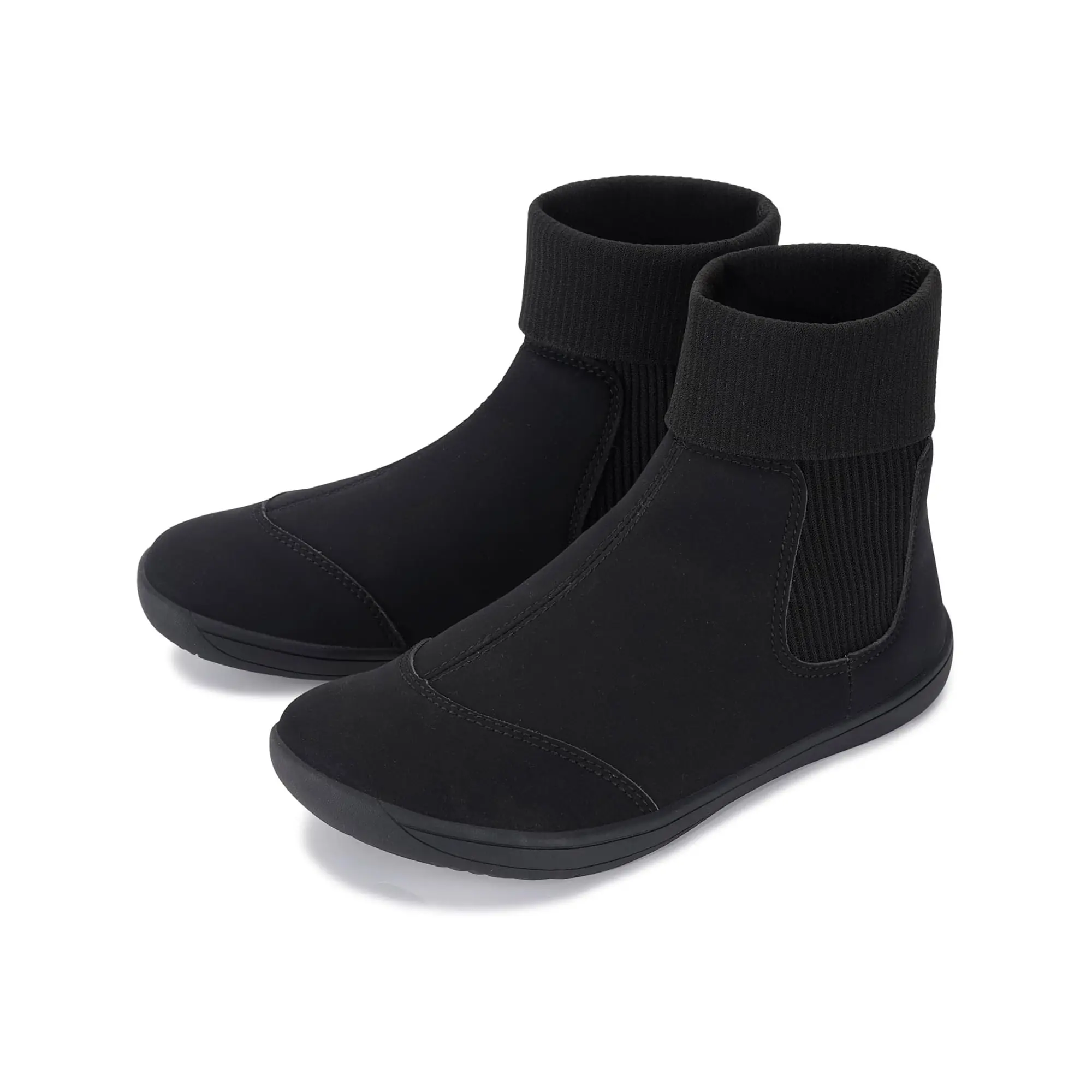
Why Are Barefoot Shoes Expensive
Barefoot shoes have revolutionized the footwear industry, offering a minimalist approach that has garnered a dedicated following. However, one common question arises among enthusiasts and newcomers alike: why are barefoot shoes expensive? This article delves into the various factors contributing to the higher cost of barefoot shoes, exploring materials, manufacturing processes, brand reputation, and more. By understanding these elements, you can make an informed decision about investing in a pair that suits your needs and budget.
Table of Contents
The Essence of Barefoot Shoes
Barefoot shoes are designed to mimic the natural movement of the foot, providing minimal interference while offering protection and comfort. Unlike traditional shoes that often emphasize cushioning and arch support, barefoot shoes focus on flexibility, lightweight design, and a wide toe box. These features allow for a more natural gait, promoting foot strength and overall health.
Key Characteristics
- Minimal Cushioning: Offers a closer ground feel.
- Flexible Sole: Enhances foot mobility and natural movement.
- Wide Toe Box: Allows toes to spread naturally.
- Zero Drop: The heel and forefoot are at the same level, promoting natural foot alignment.

High-Quality Materials Used
The choice of materials significantly impacts the cost of barefoot shoes. Manufacturers prioritize durability, flexibility, and comfort, often investing in premium materials to meet these standards.
Durable and Lightweight Materials
- Natural Leather: Offers breathability and molds to the foot over time.
- Synthetic Fabrics: Lightweight and often more affordable than natural alternatives.
- Rubber Soles: Provide protection and flexibility without adding excessive weight.
Sustainable Materials
Many barefoot shoe brands opt for eco-friendly materials, which can be more expensive but align with sustainable practices. This commitment to the environment often attracts conscious consumers willing to invest more in their footwear.
Advanced Manufacturing Processes
The production of barefoot shoes involves meticulous craftsmanship and advanced manufacturing techniques, contributing to their higher price.
Precision Craftsmanship
Each pair of barefoot shoes is carefully constructed to ensure optimal flexibility and support. This level of detail often requires skilled labor, which can increase production costs.
Innovative Designs
Manufacturers invest in research and development to create designs that enhance foot health and performance. Features like seamless uppers and reinforced stitching add to the durability and functionality of the shoes.
Research and Development Investments
Significant resources are dedicated to the research and development of barefoot shoes. Understanding foot biomechanics and integrating technology to enhance performance requires ongoing investment.
Biomechanical Research
Studies on foot anatomy and movement inform the design of barefoot shoes, ensuring they provide the necessary support without sacrificing natural motion.
Continuous Improvement
Brands continually refine their products based on user feedback and emerging research, leading to incremental enhancements that justify higher prices.
Ergonomic and Health Benefits
Investing in barefoot shoes often equates to investing in foot health. The ergonomic benefits contribute to their higher cost, as they offer long-term advantages for wearers.
Strengthening Foot Muscles
Barefoot shoes encourage the use of smaller foot muscles, leading to increased strength and resilience over time.
Improved Posture and Alignment
By promoting a natural gait, barefoot shoes help in maintaining better posture, reducing strain on joints and muscles.
Durability and Longevity
While barefoot shoes may seem less cushioned, their construction often results in greater longevity compared to traditional footwear.
Extended Use
High-quality materials and robust construction mean barefoot shoes can withstand regular use without wearing out quickly.
Cost-Per-Wear Advantage
Though the initial cost is higher, the extended lifespan of barefoot shoes can offer better value over time compared to cheaper, less durable alternatives.
Customization and Fit
Barefoot shoes often come with customization options to ensure a perfect fit, enhancing comfort and performance but also increasing the price.
Personalized Sizing
Some brands offer tailored sizing based on individual foot measurements, ensuring optimal comfort and support.
Custom Designs
Limited edition or custom-designed barefoot shoes cater to specific preferences and needs, reflecting their unique value and higher cost.
Ethical and Sustainable Practices
Many barefoot shoe manufacturers adhere to ethical production practices, including fair labor and sustainable sourcing, which can contribute to higher prices.
Fair Labor Practices
Ensuring fair wages and safe working conditions for employees increases production costs but aligns with ethical standards.
Sustainable Sourcing
Using eco-friendly materials and sustainable manufacturing processes often require more investment, which is reflected in the price of the shoes.
Specialized Design Features
Barefoot shoes incorporate specialized design elements that enhance functionality but also drive up costs.
Reinforced Areas
Certain areas of the shoe, such as the toe box or heel, are reinforced to ensure durability and protection without adding excessive weight.
Breathable Panels
Designs often include breathable fabrics or mesh panels to enhance airflow, improving comfort during extended wear.
Brand Reputation and Market Positioning
Established brands with a strong reputation in the barefoot shoe market can command higher prices due to their perceived value and trustworthiness.
Proven Track Record
Brands known for quality and innovation can justify higher prices based on their history of delivering reliable products.
Premium Branding
Marketing strategies that position barefoot shoes as premium products contribute to their higher cost, appealing to consumers seeking quality and exclusivity.
Limited Production Runs
Some barefoot shoes are produced in limited quantities, increasing their exclusivity and price due to scarcity.
Exclusive Releases
Limited edition releases create a sense of urgency and exclusivity, often leading to higher prices.
Handcrafted Elements
Shoes that include handcrafted elements require more time and labor, contributing to their higher cost.
Technological Innovations
Incorporating the latest technology into barefoot shoes enhances performance and comfort but also raises manufacturing costs.
Advanced Materials
Technologies such as antimicrobial fabrics or reinforced stitching add to the durability and hygiene of the shoes.
Smart Features
Some barefoot shoes integrate smart technology, such as sensors that monitor foot movement, adding to their functionality and price.
Consumer Demand and Pricing Strategy
The demand for barefoot shoes influences their pricing. Higher demand can lead to increased prices due to their popularity and perceived value.
Trend Popularity
As barefoot shoes become more popular among runners and health enthusiasts, brands price them higher to reflect their market demand.
Pricing Strategy
Brands may adopt a premium pricing strategy to position their products as high-quality and exclusive, catering to consumers willing to pay more for perceived benefits.
Comparison with Traditional Shoes
Understanding how barefoot shoes compare to traditional footwear can shed light on their higher prices.
| Feature | Barefoot Running Shoes | Traditional Running Shoes |
|---|---|---|
| Sole Thickness | Thin and flexible | Thick and cushioned |
| Weight | Lightweight | Heavier due to additional materials |
| Arch Support | Minimal to none | Often includes built-in arch support |
| Toe Box | Wide, allowing natural toe spread | Narrower, can restrict toe movement |
| Heel Drop | Zero drop, heel and forefoot at same level | Elevated heel, altering natural gait |
| Ground Feel | Enhanced proprioception | Reduced ground feel due to thick soles |
Barefoot Shoes for Kids: Additional Considerations
Barefoot shoes designed for children often come at a premium due to specialized features tailored to growing feet.
Growth-Friendly Designs
Shoes for kids include features that accommodate foot growth, such as adjustable straps or expandable materials, which can increase their cost.
Enhanced Durability
Children’s barefoot shoes are built to withstand rough play and active use, requiring more durable materials and construction.
Wide Toe Box: An Essential Feature
A wide toe box is a hallmark of barefoot shoes, allowing natural toe splay and reducing pressure on the toes. This feature contributes to the higher cost due to the additional materials and design considerations required.
Benefits of a Wide Toe Box
- Improved Balance: Allows toes to spread naturally, enhancing stability.
- Reduced Foot Fatigue: Distributes pressure evenly across the foot, minimizing fatigue.
- Healthier Toenails: Prevents ingrown toenails by providing ample space.
Investment in Foot Health
Barefoot shoes are often viewed as an investment in overall foot health, which justifies their higher price. The long-term benefits of stronger foot muscles, improved posture, and reduced injury risk contribute to their value proposition.
Long-Term Savings
While the upfront cost is higher, the potential reduction in foot-related injuries and the need for fewer orthotics can lead to cost savings over time.
Enhanced Quality of Life
Improved foot health can enhance overall mobility and comfort, positively impacting daily activities and athletic performance.
FAQs
Why do barefoot shoes cost more than traditional shoes?
Barefoot shoes often use high-quality materials, advanced manufacturing processes, and incorporate specialized design features that enhance durability and comfort. Additionally, brands invest in research and development to ensure their products promote natural foot movement and health, contributing to higher prices.
Are barefoot shoes worth the investment?
Yes, especially if you prioritize foot health and natural movement. While the initial cost is higher, the long-term benefits of stronger foot muscles, improved posture, and reduced injury risks can make barefoot shoes a worthwhile investment.
Can barefoot shoes help with foot pain?
Many users report relief from foot pain, including conditions like plantar fasciitis, when transitioning to barefoot shoes. The minimalist design promotes natural foot mechanics, which can alleviate stress on the feet and improve overall foot health.
How do I choose the right barefoot shoe for me?
Consider factors such as fit, flexibility, material quality, and specific features like a wide toe box or zero drop. It’s also beneficial to try on different models and consult with a footwear specialist to find the best match for your needs.
Are barefoot shoes suitable for everyone?
While barefoot shoes offer numerous benefits, they may not be suitable for everyone, particularly those with certain foot conditions or who require additional support. It’s advisable to consult with a healthcare professional before making the switch.
Conclusion
Why are barefoot shoes expensive? The answer lies in the combination of high-quality materials, advanced manufacturing processes, specialized design features, and a commitment to foot health and sustainability. Barefoot shoes are more than just footwear; they represent an investment in natural movement, foot strength, and overall well-being. While the initial cost may be higher compared to traditional shoes, the long-term benefits and durability offer significant value.
Choosing barefoot shoes means embracing a minimalist approach that prioritizes the health and functionality of your feet. Brands like Men’s Barefoot Shoes, Women’s Barefoot Shoes, and Kid’s Barefoot Shoes provide a diverse range of options tailored to various needs and preferences. By understanding the factors that contribute to their cost, you can make an informed decision that aligns with your budget and foot health goals.
Invest in a pair of barefoot shoes today and experience the transformative benefits of natural foot movement and enhanced overall foot health.
For more information and to explore a wide variety of custom barefoot shoes, visit Custom Barefoot Shoes and take the first step towards healthier, happier feet.
